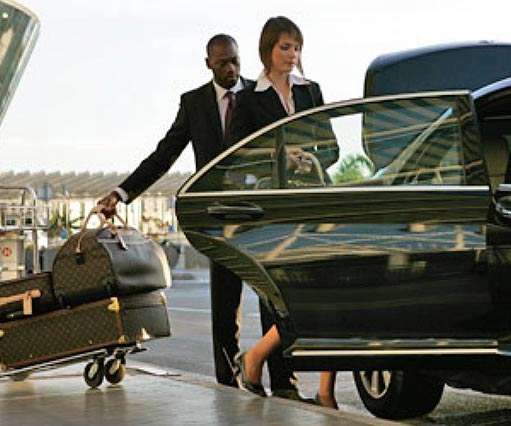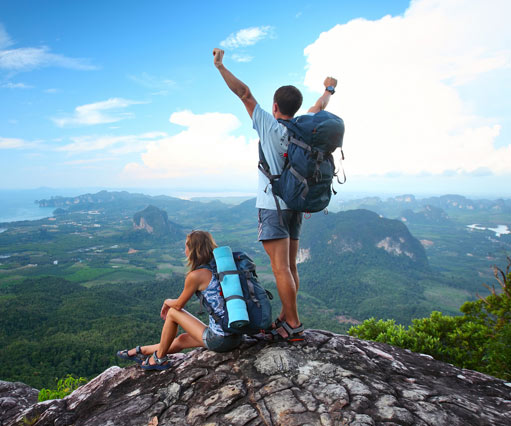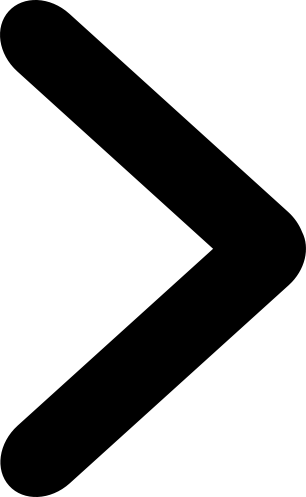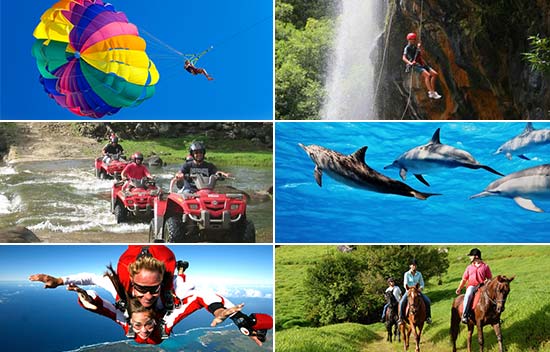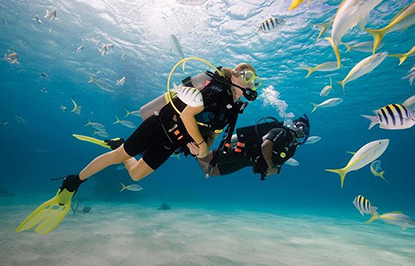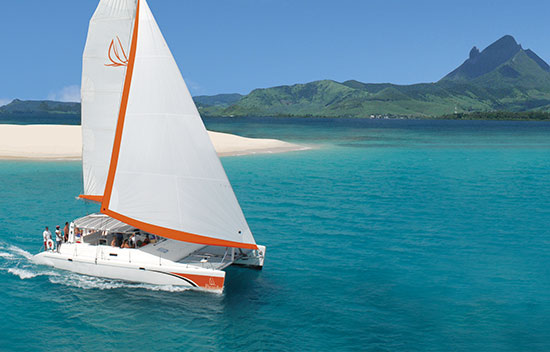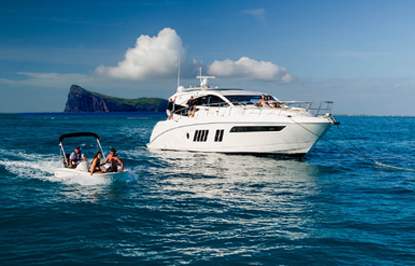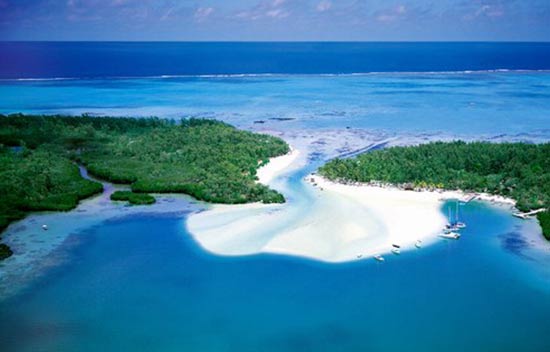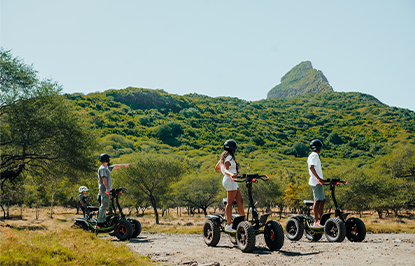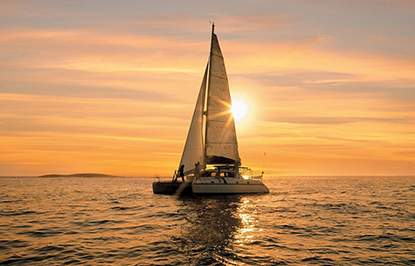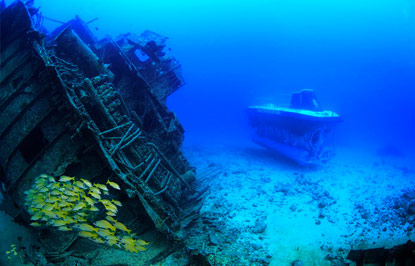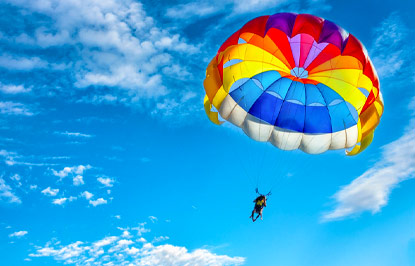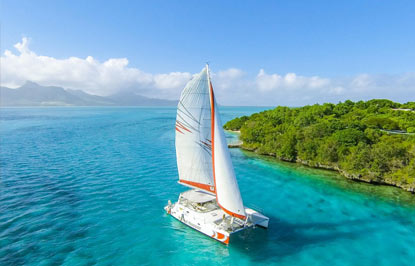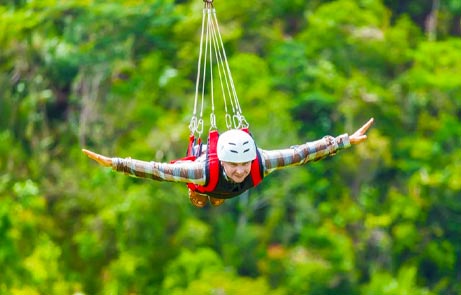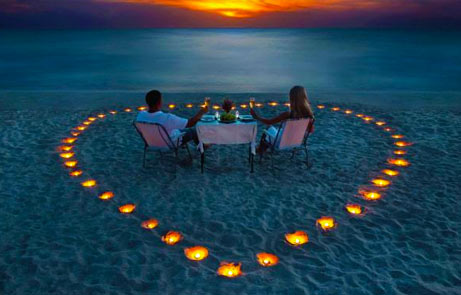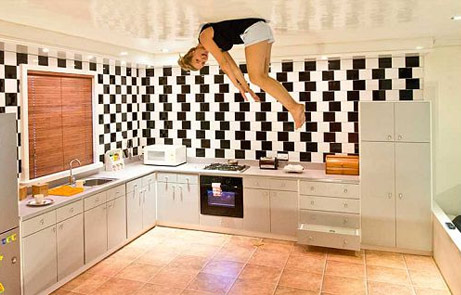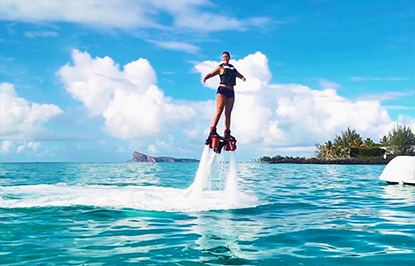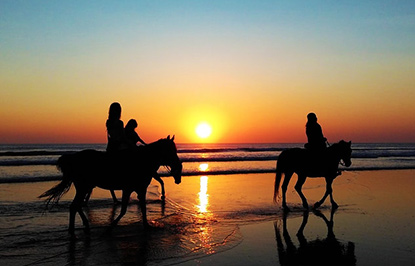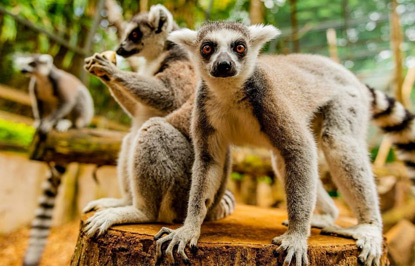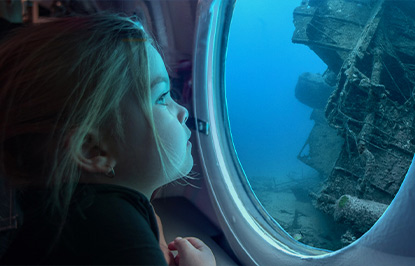Port Louis the Capital of Mauritius
The Capital of Mauritius, Port-Louis is rich in yesterday’s treasures merging beautifully with our present.
Are you ready to discover the past and the present of Mauritius in the same city? Then, dig in and read this short guide about Port Louis and when visiting our beautiful island, make sure to along the city’s various French and British streets and unveil the history of this bustling city.
Port Louis – City Overview
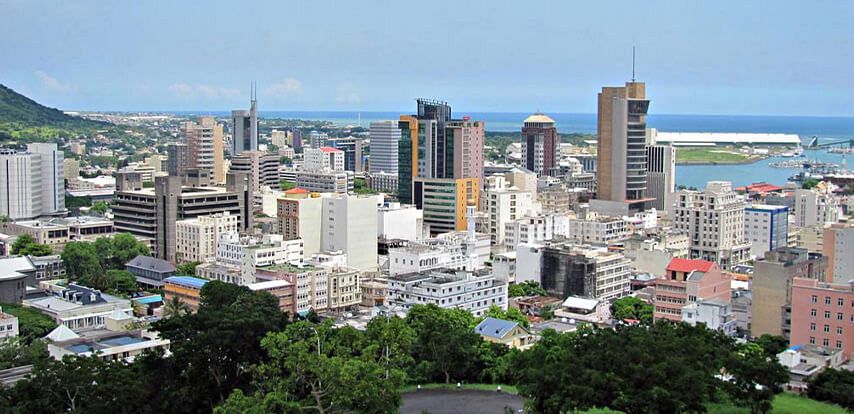
Port Louis is the capital and also the economic centre-point of our paradise island, Mauritius.
It is the largest city of the island with approximately 200,000 inhabitants.
The city of Port Louis is home to the biggest harbor of Mauritius (the Port Louis Harbor), and is where large businesses and little trades co-exist together, all this forms the unique atmosphere of Port Louis.
From a Colony to a City
The history of Port Louis first starts at the eighteenth century when the French took possession of the island. As a tribute for their King, Louis XV, the French settlers named the region as “Port North- West” and with time, it was renamed as “Port Louis”.

Under the French colonization when Mauritius was known as “Ile de France”. The French governor at that time, Mahé de Labourdonnais contributed enormously to the development and growth of the city. The governor put emphasis both on the architecture and economics.
Since Port Louis was well protected from the strong winds by the Moka Mountain Range, Port Louis was thus chosen as the fort and main harbor of the island. Following this, Port Louis undertook important changes to become the trading center of Mauritius and the main naval base.
Today, with its free trading zone and big harbor, Port Louis had developed into a fiscal paradise and is a real hive for trades, banks and enterprises. Most big businesses operate in Port Louis and hence it has developed a high business culture. Therefore many Mauritians from the suburbs and nearby villages have to come to work in the capital daily which makes Port Louis the busiest city in Mauritius.
With its daily heavy traffic, humidity and heat, Port Louis is not the ideal city to live in and to spend your holiday, but definitely worth the visit to have a glimpse of the Mauritian culture.
Moreover, you will also see the ancient architecture of basaltic rocks which the French and the British has left as a legacy of their colonization.
Next to these ancient buildings, you will see new modern skyscrapers which show that rapid development of Mauritius as one of the fastest developing countries in Africa.
The past and the present of Mauritius in the same city is a beautiful and interesting sight worth the visit!
Port Louis Harbour
Situated in Port Louis, the port of the capital is the unique commercial harbour of Mauritius. Well protected and sheltered from the South East Trade Winds by the Mountain ranges, the port is a deep harbor.
Strategically located in the Indian Ocean along the shipping routes linking Africa, Asia, Europe and Asia, the harbor occupies a fundamental role in the Mauritian economy by managing almost ninety nine percent of the overall volume of our external trade.
Over the years, the harbor has been converted as Mauritius’s economic pillar, with major changes with the introduction of modern port facilities, dynamic Freeport, excellent port based facilities, impressive waterfront developments.
Opposite Port Louis harbour, there is a large commercial zone which has quickly expanded with its offices, banks and the Caudan Waterfront. Le Caudan Waterfront is a large tourist and commercial complex of three buildings, one of which is a luxury hotel, Le Labourdonnais.
Guided visit of Port Louis
Inside the capital, you will be overwhelmed by the intense activity that prevails; across the boulevards and along the streets, you will come across a lot of motorcycles, cars and buses. The Mauritian culture is present; women dressed in the latest fashion or in their traditional sarees, veiled Muslim women, men and children each one dressed in their own style.

The streets are usually very crowded and you will have to push through the crowd to clear a way for yourself, especially near the market place, especially when there are hawkers on both sides of the road.
Another place to visit is the Port Louis central market (a heritage-protected hall) – the market is a fun place to visit and the ideal place to find many local made products, textiles, Mauritian spices, fruits, vegetables and many souvenirs for very cheap prices.
During the visit, you will find yourself in the middle of a swarm of tanned faces, bent over the different stalls to touch, assess and bargain. The local merchants will try to attract your attention and call you out to boast about the freshness of their vegetables, fruits, local products, or to convince you about the merits of their herbal tea or the medicinal plants.
This is also where one will find Indian incense perfumes the Malagasy materials, colorful attractive beach pareos flirt with the saris , “Made in Mauritius” T-shirts, hats, and musical instruments such as the “triangle”, “ravanne” enhance the Mauritian Sega.
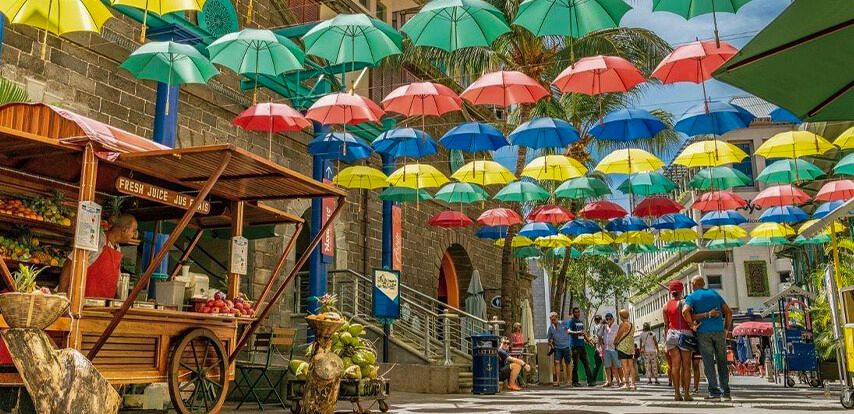
You will also have the opportunity to find tourist souvenirs, such as wood sculptures, masks, scale model boats, beautifully coloured baskets and jewellery.
The city of Port Louis has its own charm.
You are sure to find someone who will always help you find your way patiently (sometimes better than trying to read confusing or incorrect maps).
The Mauritians are always ready to help and friendly.
Moreover, make sure to try one of the various local snacks which are offered almost everywhere in the Capital. Do try the pastries which are stuffed with vegetables, Samosas, gateaux piments (chilli cakes), dholl puris (pancakes accompanied by curry sauce) or fried noodles, boulettes, halim, the chicken tikkas, biryani and kebabs which are delicious, a taste of the typical Mauritian cuisine; a blend of the different cultures of Mauritius.
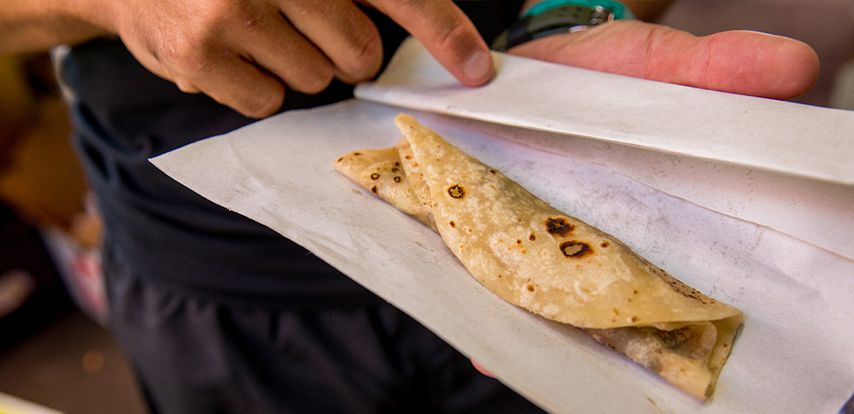
Near the main market (popularly known as Bazaar), in “La Corderie” Street, you will find a large variety of stores selling cloth where heaps of fabrics; cotton, silk, and with colourful designs, are stretched out, folded and piled.
Chinatown, our Chinese quarter has plenty of little restaurants and food stalls all along the street corners. It is most certainly one of the most colourful parts of the capital with its ayurvedic remedy shops and spice sellers. In Chinatown, you will also find the island's most beautiful mosque in all its grandeur. They give evidence of the importance of beliefs that, side by side, silently respect each other.
The mosque was built in the nineteenth century, it has thick white walls, green shutters, mysterious turrets and its impressively sculpted door opens and then closes up again on prayers and faith.
Champ de Mars – Port Louis Horse Racing Arena
Mauritians have a passion for horse-racing and, from June to November, the Champ de Mars (also called the Hippodrome) is crowded with enthusiastic horse racing fans and clients.
The Champ-de-Mars was designed under the French colonization in 1740 for their military drills and used as a racecourse since 1812. It is here that every Saturday (from June to November) horse racing fans get together to bet on a particular horse or simply, to end up the day nicely by watching the horse races.
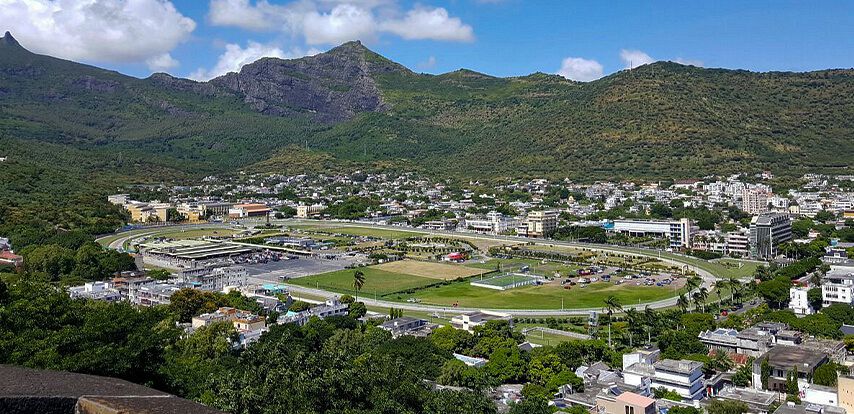
The race-course Mauritius Turf Club is the second largest race-course in the World which attracts many Mauritians as well as tourists. While some drink their sparkling wine in elegant suits and dresses at the higher stands, most visitors look for places in the lower stands or the inner field just off the race-course.
As soon as you will see the jockeys (in their colourful and attractive outfits), the atmosphere gets tense and after the starting signal people are jumping around, cheering, shouting depending of course on the success in their betting.
Moreover, if you are hungry or thirsty during the races, you will find various local snacks in the inner field of the race-course. The fun and enthusiastic atmosphere almost seems like a fair.
Fort Adelaide
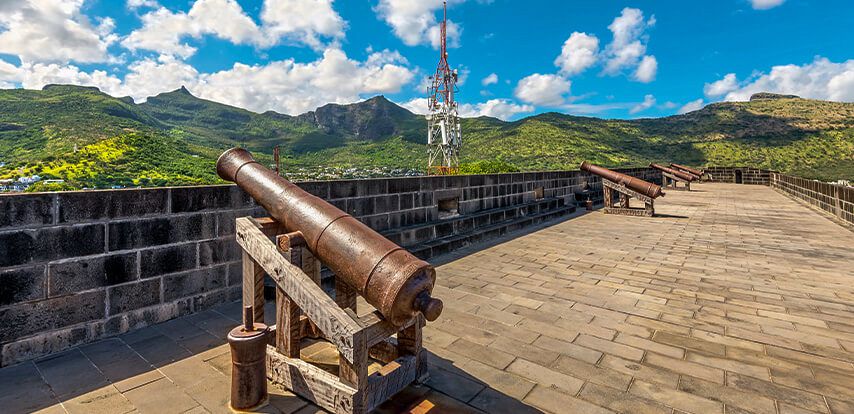
Further up on the hill overlooking the city, situated the Fort Adelaide (also known as La Citadelle). When visiting the Fort Adelaide, there is a great panorama view of the city of Port-Louis and its harbor.
Fort Adelaide was built in a very strategic location on higher lands of Port Louis at 240 feet above sea level. The construction of Fort Adelaide started on 1832 and completed after almost ten years. Fort Adelaide offers a vast panorama on Port-Louis and its harbour.
The British built this fortress in fear of a civil war from the remaining French settlers on the island and also for the purpose of guarding the harbor against enemy attacks. A ride uphill to Fort Adelaide guarantees breathtaking view of Port Louis and of the mountain range surrounding Port Louis.
Port Louis Museums
Natural History Museum

In the heart of the capital city, you will find the Natural History Museum in the colonial villa of the Mauritian Institute. It is found next to the garden, “Jardin de la Compagnie” and it is a calm and cool place away from the busy atmosphere of the Capital, where you can learn more about our fauna and flora.
Opened in 1842, the National History Museum is the oldest museum of Mauritius where you will find a replica of Mauritius famous “Dodo” and also displays of reptiles, butterflies, shells and corals.
The highlight of the Natural History Museum is the last room which has recently been renovated with a modern aspect. You will find everything about the “Dodo”. You learn about the significance of the Dodo for Mauritius and you will also have the opportunity to watch a movie on the excavation of the bird’s skeletons.
Opening Hours of the National History Museum:
Monday to Friday: 10.00am till 4.00pm
Saturday 9.00am till 12.00 pm
Entrance is free of charge
Address of the National History Museum: Mauritius Institute Building, Chaussée, Port Louis (in between the Government House and “Jardin de la Compagnie”)
Blue Penny Museum
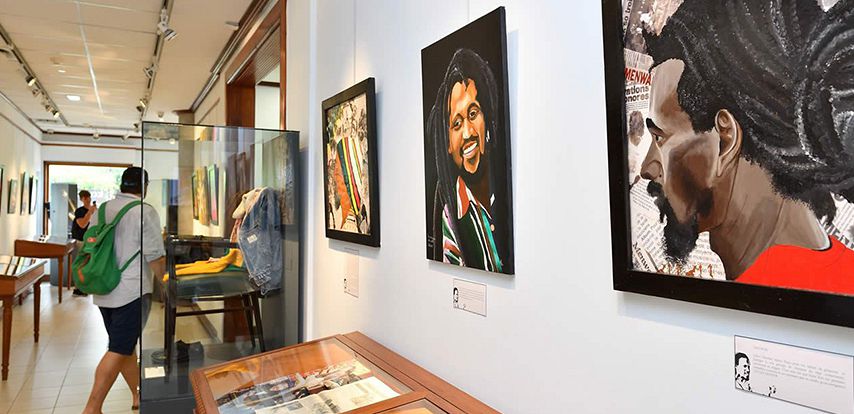
The Blue Penny Museum plays an important role in our island’s cultural platform. It is situated in the famous mall of the Capital, Le Caudan Waterfront. The Blue Penny Museum has been named after the legendary and very rare 2 pence Blue Stamp, one of those two 'Post Office' engraved in 1847 by Joseph Osmond Barnard for the Mauritian Posts.
Opened since November 2011, it has an important heritage collection about the history of our beautiful island. You will have the opportunity to learn about the Dutch, French and British colonization period.
The beautiful collection of ancient marine maps, paintings, sculptures, old stamps, engravings and past documents will help you to learn more about the unique history and diverse culture of Mauritius.
As part of the visit, you can also visit its Souvenir shop where you will get interesting replicas, portcards, stationary related to Mauritius and that have been specifically designed for the Blue Penny Museum.
For maximum convenience, the Audio guides are available in the following languages: English, French, German, Italian and Creole.
Opening hours of the Blue Penny Museum:
Monday - Saturday: 10 am to 5 pm (last entry: 4.30 pm)
The museum is closed on Sundays and Public holidays
Address of the Blue Penny Museum:
Blue Penny Museum, Le Caudan Waterfront, Port Louis
The Photographic Museum
Facing the capital’s old theatre, you will see a little sign showing the way that leads to a private collection of inestimable value: the only Photography Museum of the island.

Since his early age, the well-known photographer Tristan Bréville has a passion for photography. With the help and support of his wife Marie Noelle, he has been doing research worldwide and purchased those little pieces of Mauritian history to save them from oblivion.
You will discover this prestigious collection in a shuttered cottage which combines romanticism and Mauritian history. When you enter the place, there is a little bell that rings and you will be warmly welcomed by Madame Marie Noelle Bréville.
Inside, the development of the cameras and the photography is exposed in a chronological way. You will see the 1st photograph taken in Mauritius, ancient cinema projectors, printing machines, pictures of the arrival of Indian workers in 1860, contemporary photographs; everything on the Photography of our Island is there!
This special family’s collection comprises of more than one Million negatives, not less than 5000 glass negatives, thirty daguerreotypes, 9000 postcards and more than 1000 cameras. The visit to the Photographic museum is a wonderful opportunity to meet a family who spared no effort to preserve the memory of their country.
Opening hours of The Photographic Museum:
Monday to Friday: 9.00 am till 3.00 pm
On Saturdays and Sundays closed




